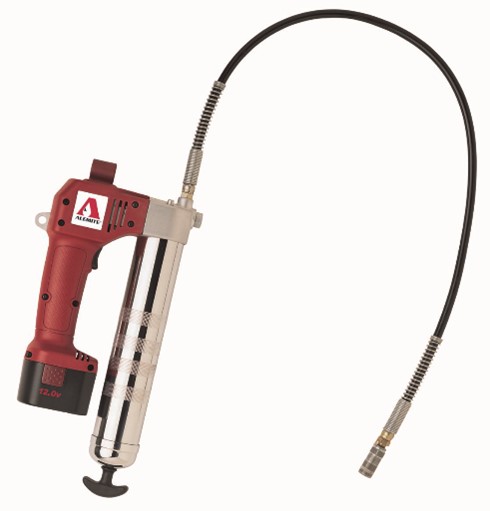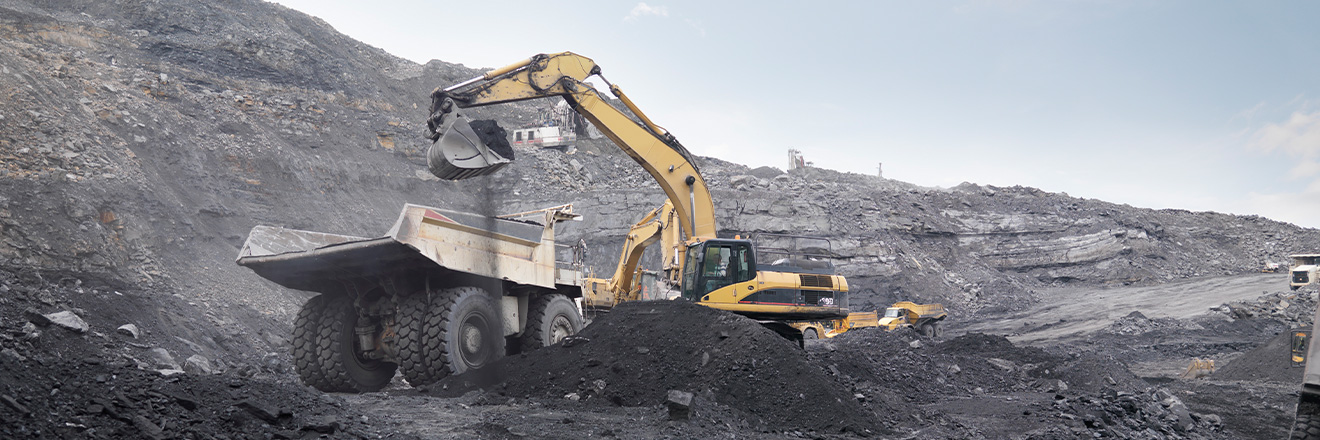Machinery, especially in construction environments, is one of the most important investments that any site can make, and it is crucial to keep them operating efficiently and safely. Proper lubrication is the best way to ensure this happens. Machinery lubrication is one of the crucial processes you can invest in to maintain machine efficiency and prevent damage-causing contamination. Just as unique as your equipment is, so can your machine lubrication needs be. Between air, water, dirt, and dust, you need a quality lubricant that you can count on to protect your heavy equipment and keep your site operating, saving you time, money and manpower.
Choosing the Right Lubrication
The first step is to ensure that the lubricant you are using matches your equipment requirements. Start by checking the original equipment manufacturer's manual to see what they recommend using. You should also consider your current grease supplier as a partner in this and ask them for their advice and recommendations. This includes making sure you are using the right grease for the job. Not only will they be able to help you choose the right high-quality grease, but they can ensure you are following the correct greasing practices, including how to grease the parts and how much lubrication they require. This will help make sure your site is being as proactive and effective as possible.
One of the most important aspects when choosing the proper lubricating grease revolves around factoring in the environment that your site is in. You should review aspects such as temperature fluctuations, weather conditions, and the overall cleanliness of the environment. For example, if your site tends to work in hotter conditions, then you need to look at high-temperature greases since they will have a higher dropping point, meaning they can handle higher temperatures while still functioning effectively. This data is incredibly helpful when working towards selecting a lubricant.
NLGI Rankings
The next aspect to consider is what NLGI consistency you need your grease to have. The National Lubricating Grease Institute is a not-for-profit organization that solely serves the lubricating industry. In 1939, the NLGI established a standard classification for grease penetration, and this is represented through a specific numbering system that ranges from 000 to 6. These numbers represent a grease's consistency, or its ability to resist deformation when force is applied. This is especially important to consider in construction environments because much of the equipment deals with heavy loads on a consistent basis. One of the most widely used greases for construction and heavy-load environments is a #2 grease since they have a thick enough consistency to provide quality protection while still being pliable enough to work with the machine's gears and other moving parts.
Grease Thickeners
You should also take into consideration the type of thickeners the grease uses. The thickener is what gives the grease its structure. Thickeners are typically made of metallic soaps, such as lithium, aluminum, and calcium. In recent years, complex lithium greases have gained in popularity, especially in the construction industry, because they have a higher dropping point while also providing excellent load-carrying abilities.
Greasing Distribution
Once you have selected the appropriate grease for your site, the next step is to understand proper greasing practices. The right grease won't function properly in your machinery if it isn't applied and distributed correctly. When it comes to distributing grease, there are two main options - a grease gun or a central greasing system.

Grease guns are mechanical devices that provide an effective way to apply the grease to specific points in your machines. Grease guns require training to understand how to use them and how much grease to apply at a given point. It is also critical that the operator understands best practices for cleanliness, as grease gun malpractice is one of the easiest ways for contaminants to get into your grease, and ultimately your machinery. But by using best practices, you can safely and effectively grease your different components.
There are three major factors that should be taken into consideration when choosing a grease distribution method. This includes operational needs, grease consumption by type and volume, and the total cost impact. For example, if you have a large volume of grease, but various types for different uses, it may be wiser to use grease guns than one centralized greasing system since your system will require frequent grease changeovers, which invites in a host of contaminations. But, if your system is using a large quantity of a specific type of grease, it may be easier to utilize a centralized distribution system. In this way, you minimize contamination because you avoid the element of human error.
Grease Practices
After you have selected your grease distribution method, it is important to understand each greasing point. For example, some bearings will require more lubrication than others and it's important to note this so the part can receive the correct amount of lubrication to function properly. A common problem for the construction industry is under-greasing the equipment. One reason is budgetary. While it may seem like the easy choice to cut the lubrication budget, it is actually one of the most devastating moves you could make. Lubrication is where it all begins. If there is no proper lubrication in your systems, you are looking at untold damage and downtime. This can occur when there is not enough grease in the system, and the parts begin to rub against each other, creating wear and contamination. This contamination can then spread to other systems, causing damage wherever it goes. Before long, you can have entire systems experiencing issues. By keeping your equipment well-lubed with a quality grease, you ensure that your machines are functioning properly and not causing untold damage.
Finally, after you understand each point's greasing requirements, it's imperative that you keep your workspace and grease as clean as possible. There are measures you can take to make sure you are putting the highest quality grease you can into your machines. The first is to assign a designated grease storage room and keep it as clean as possible. This way, you are eliminating the threat of the elements and dirt. Not only will this room help keep your greases clean and in one centralized location, but it also ensures that your equipment is staying clean as well. By keeping these products as contaminant-free as possible, you are helping to secure your machine's health during future greasing.
Conclusion
Lubrication is one of the most important investments you can make for your machine health. By properly lubricating your equipment with a high-quality grease, you ensure that your site is functioning at maximum efficiency and that your machines will function well for as long as possible.
